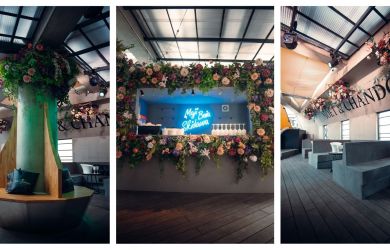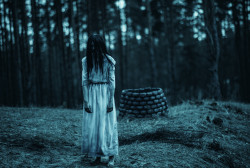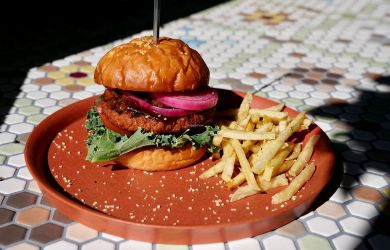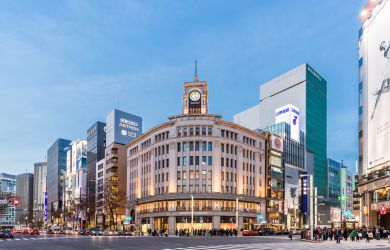
August 12, 2010
The Wrecking Crew
As officials in Chuo-ku move ahead with plans to demolish historic school buildings, local residents are struggling to make their voices heard
By Metropolis
Originally published on metropolis.co.jp on August 2010

Photos by Keigo Moriyama

Above and top: Chuo Elementary School

St. Luke's Hospital
Likewise, Chuo and Chiyoda wards in central Tokyo largely escaped the horrendous carpet-bombing of the city in 1945—although for more pragmatic reasons. Late in the war and confident of victory, US commanders planned for the occupation of Japan and the establishment of their General Headquarters in Tokyo. Neighborhoods such as Ginza and Hibiya were deliberately spared because they held a number of strong, modern buildings that the US eyed as future administrative centers.
The best-known of these is the Dai-Ichi Seimei Building near the Imperial Palace, where MacArthur sat smoking his corncob pipe from 1945 until the end of the Occupation. The Tsukiji neighborhood also survived because it was near St Luke’s Hospital, one of the few Western-style medical facilities in Tokyo at the time. (The Americans wanted to use the hospital to treat their own wounded soldiers.) St Luke’s still stands on the same site today, just a stone’s throw from a pair of elementary schools—named Chuo and Akashi—which, by virtue of their close proximity to the hospital, avoided destruction in the war.
These two schools remain in use today, with a combined enrollment of 300 students. Yet even though they survived one of the most intensive bombing campaigns in history, nothing can save them from the hammer-happy hands of modern-day Japanese bureaucrats.
A full 84 years after it was built, Akashi Elementary School was due to go under the wrecking ball on August 10 as part of a school-building spree undertaken by local officials. Nearby Chuo will be the next to go, probably in late August or September, followed by five more Chuo-ku schools over the next few years. A total of seven schools—all built in the late 1920s—will be destroyed.
Hideo Takahashi has spent almost all his 86 years living in the block between Chuo and Akashi schools. As a student at Chuo from 1930 to 1936 (when it went by its old name, Teppozu), he knew even then the school was special.
Prior to the Great Tokyo Earthquake of 1923, most schoolhouses in Tokyo were made of wood, but after that disaster flattened virtually the whole city, the government embarked on a program to rebuild them using fortified concrete. These new structures were admired by residents because they signified modernity and safety. Of the 117 schools built in the aftermath of the Great Kanto Earthquake, only ten are left in all of Tokyo, seven of them in Chuo-ku.
After graduating from high school, Takahashi attended naval college and, at the start of World War II, was posted to Indonesia. Yet it wasn’t until returning to Tokyo early the following year that the young man felt the full effect of the war. He still clearly recalls the night of March 10, 1945, when the US launched its largest single raid of the war.







